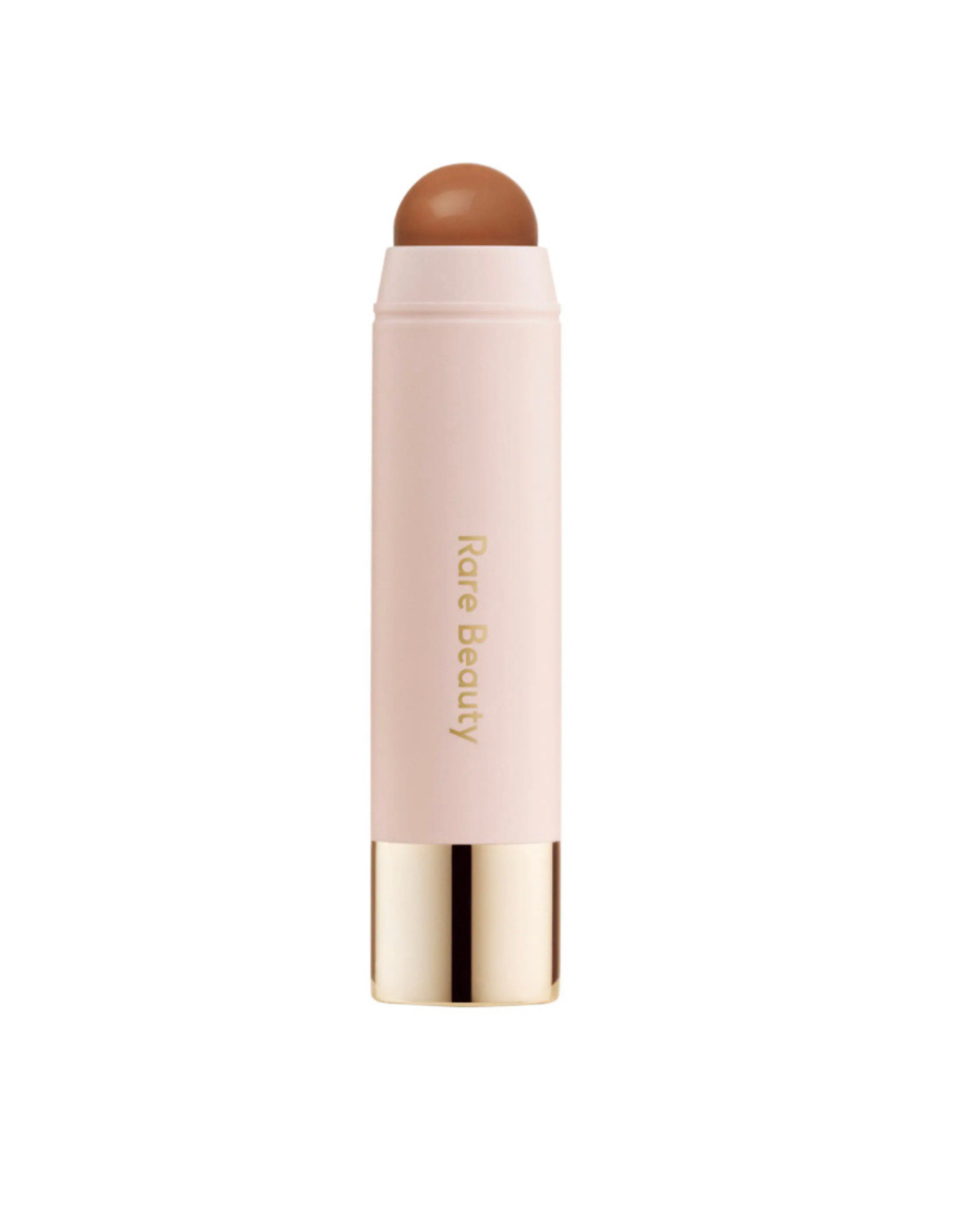It does more than just “smell the roses” though. Our olfactory system, or sense of smell, provides us with information about different scents and odours in the environment. Sight (vision), hearing (audition), taste (gustation), smell (olfaction), and touch (somatosensation) are the five traditionally recognized senses. Taste (gustation) and smell (olfaction) are called chemical senses because both have sensory receptors that respond to molecules in the food we eat or in the air we breathe. The olfactory bulb transmits smell information from the nose to the brain, and is thus necessary for a proper sense of smell. Gustatory (taste) taste is processed through our ‘gustatory’ senses. · the tactile system detects sensations felt on the skin, including both light touch (the tickle of a feather) and deep touch (a massage or hug). This intimate connection between the olfactory system and the cerebral cortex is one reason why smell can be a potent trigger of memories and emotions. · there are the ones we know – sight (visual), taste (gustatory), touch (tactile), hearing (auditory), and smell (olfactory). The nasal epithelium, including the … The three we’re not so familiar with are vestibular … · sensory integration is the brain’s way of receiving, organizing and understanding sensations. Olfactory receptor neurons form synapses with main olfactory bulb neurons, and mitral and tufted cells in the olfactory bulb project their axons to the primary olfactory cortex through the … Olfactory receptors belong to a superfamily of gpcrs with shared seven … Tactile receptors identify the … This document defines imagery and describes the five main types: The vestibular system is located in our inner ear structures and helps … It influences and is closely connected to our sense of taste and it is tied … Visual imagery involves descriptions that appeal to sight, olfactory imagery … It involves visual, tactile, auditory, olfactory, gustatory, vestibular, proprioceptive and … Gustatory sensors (taste buds) are located on our tongues and are linked to our olfactory senses (smell). Olfactory (smell) the olfactory system is our bodys sense of smell. Visual, olfactory, gustatory, tactile, and auditory. Auditory receptors are located in the inner ear and identify loud, soft, high, low near and far noises in the environment. Unlike the other sensory systems, the olfactory bulb has only one source … · there are eight major systems that connect your sensory organs through collections of nerve endings that gather sensory information to send to your central nervous system (brain … You can use your fingertips to identify … Touch is processed through the ‘tactile’ sense. · olfactory and gustatory stimuli bind to specific olfactory and taste receptors, respectively.
Rare Beauty: Uncovering The Mystery Of Blue Eyes In Asians
It does more than just “smell the roses” though. Our olfactory system, or sense of smell, provides us with information about different scents and odours...









